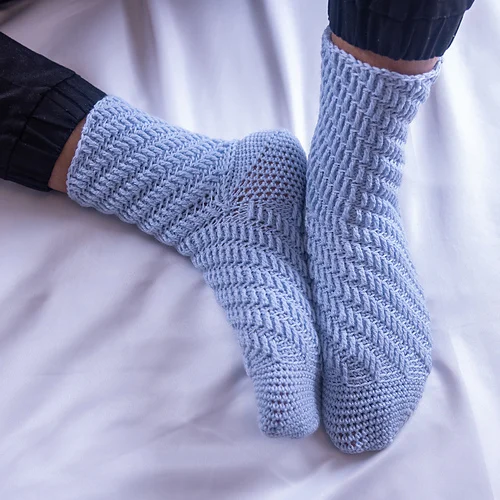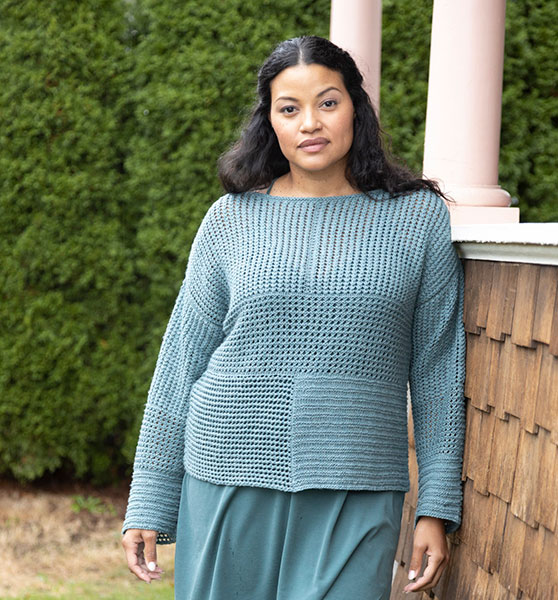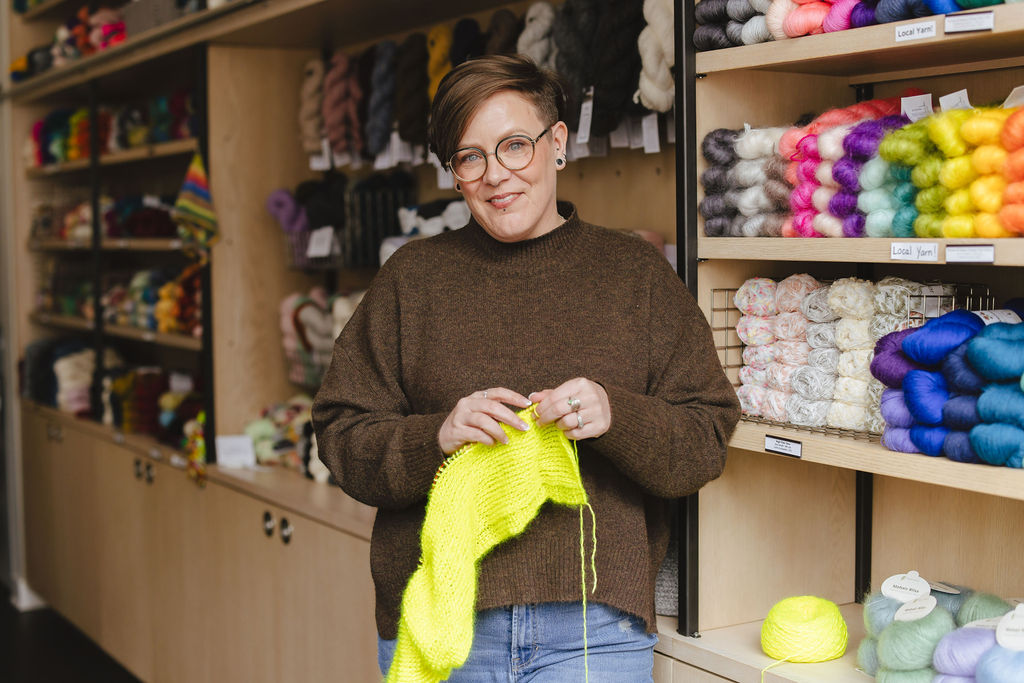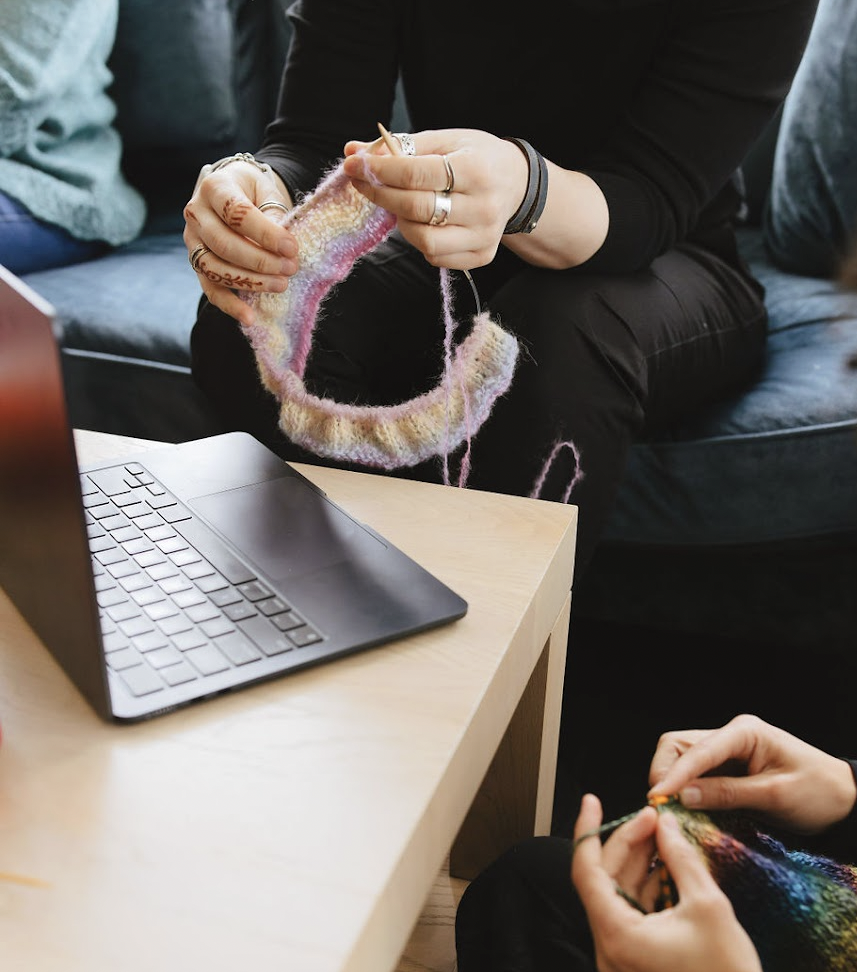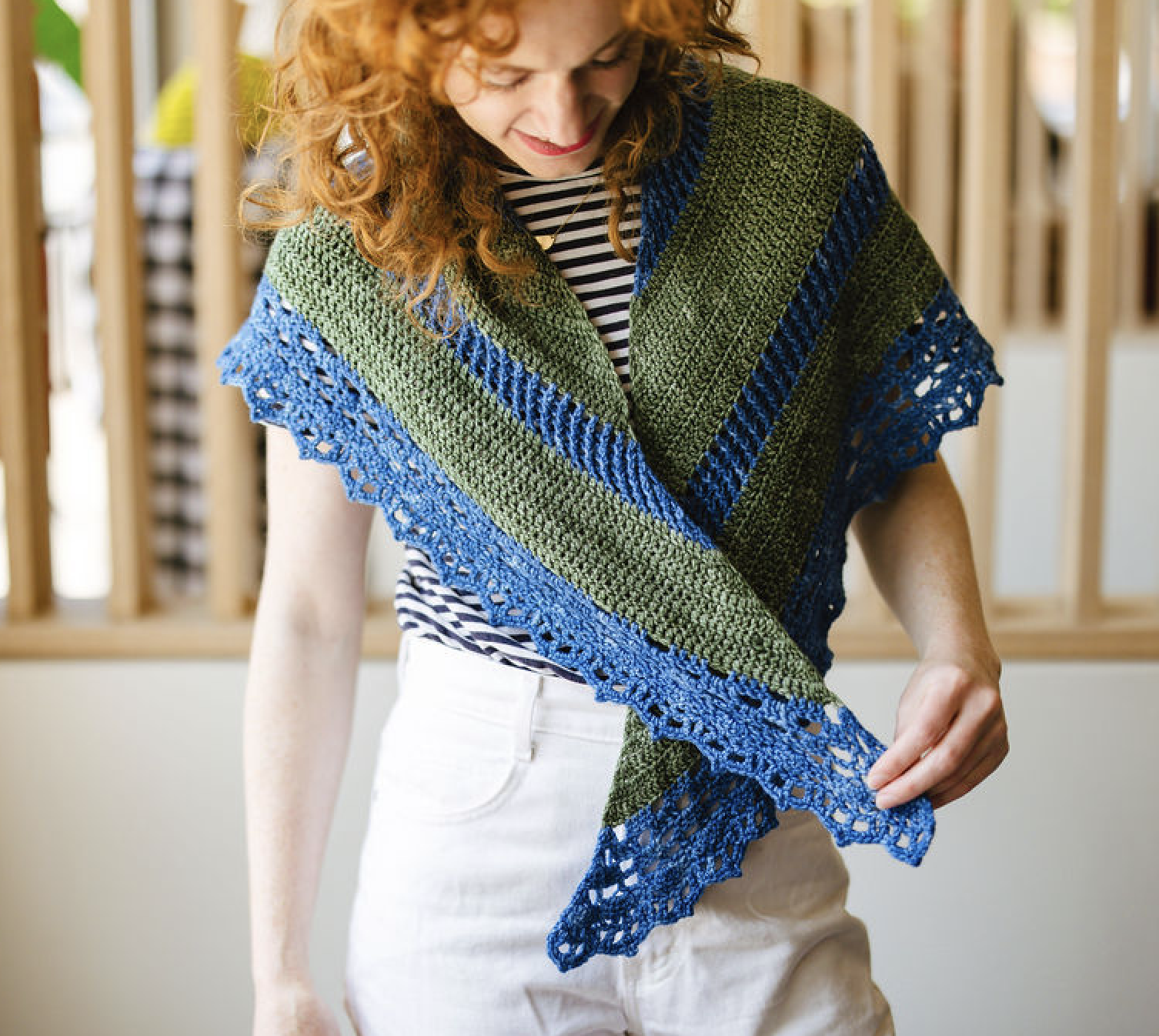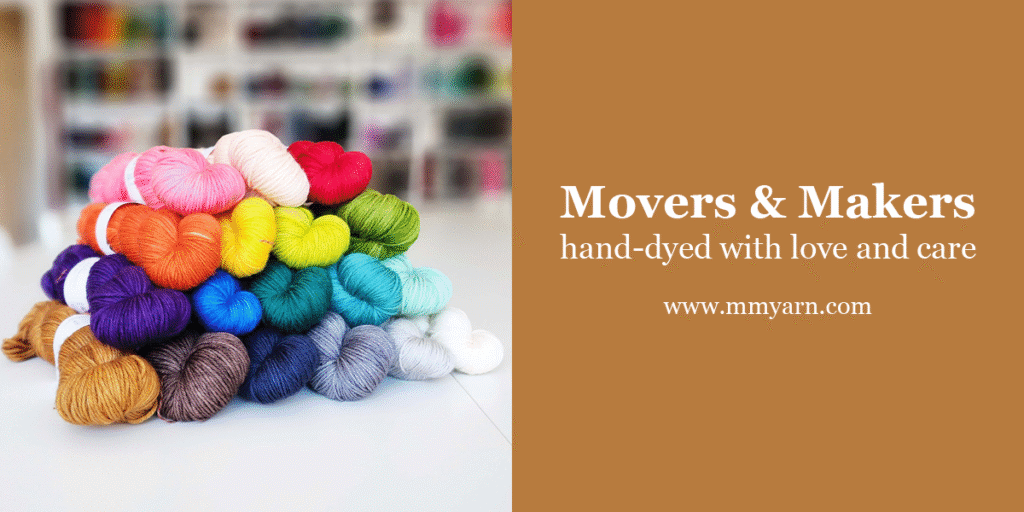Today, we’re going on a journey as we explore the vibrant world of translating crochet patterns. Join our talented Alpha tester Julie Desjardins of @Julie_ACCROchet as she shares her personal evolution in making crochet accessible to a global audience. From language mishaps to bridging creative conversations, let’s unravel the magic of translation.
Take it away, Julie!
crafting is universal, patterns should be too
Even though I speak fluent French, when my crochet journey began I instinctively thought that patterns spoke a singular language—English. As a native French speaker living in a bilingual environment (Montreal), I initially overlooked the diverse linguistic landscape of our craft. I didn’t translate my pattern at first, but as my designs gained global traction, it became apparent that language shouldn’t be a maker’s barrier to creativity.
It only took a couple of months and a growing audience for me to realize the oversight and how many makers in my community that I was leaving out of my customer base. The lightbulb went off in my head and I decided that I wanted to begin translating my patterns into French. This decision opened the doors to a broader community and pivoted the way I look at my business.
Imagine falling in love with a pattern, but the instructions are in a language you’re not fluent in.
Crochet, as a craft, is universal. However, the language it speaks can vary. Translations bridge this gap, ensuring that a pattern’s essence is understood globally. It’s not just about swapping words; it’s about capturing the intricacies of design and making creativity accessible to everyone.
navigating the multilingual landscape: common concerns…
Venturing into multilingual territory brought its own set of challenges. The most common hesitation I hear from designers who are thinking about adding on a new language to their patterns: What if I offer my patterns in a new language and someone reaches out for pattern support in a language I don’t speak? In my experience, this issue has been rare and should not be a barrier to keeping you connected with your customers.
The most important thing to consider when releasing patterns in a new language is bringing in an expert. Google Translate should never be used for creating your patterns. Keep in mind, that stitchwear terminology is different all around the globe (even in English). So it’s important that your pattern is solid.
If your pattern has been accurately translated then, in my experience, the feedback that you will receive from customers who are looking for pattern support will be “simple” questions. Ones that could easily be handled through the use of platforms like Google Translate which allow us to decode questions and provide thoughtful responses.
If you’re really concerned about translating pattern support and customer service questions, speak to your translator about offering pattern support and include a note on your cover page crediting them ‘’pattern translated by…’’
Over the years as a pattern translator, I’ve rarely had customers reach out with questions on patterns that I have been credited on. In those instances, I’ve passed them along to the designer with a translation of the question. In some cases, when the question is simple, I’ve gone ahead and answered them myself. It’s important to clarify that while I’ve been comfortable offering quick support, my role as a translator doesn’t transform me into a designer’s customer service representative. Any support I provide beyond translation is a personal choice, and it’s essential to recognize that you should not expect your translator to offer unpaid support.
With a solid pattern, a trusted translator, and a tech editor, your follow-up customer service questions shouldn’t hold you back. Language should never be a barrier to communicating with your audience.
tech editing and translation: partners in crafting excellence
Behind every well-crafted pattern is collaboration. While tech editors ensure precision and clarity, translators weave the magic of language, creating a harmonious partnership. It’s this collaboration that transforms a pattern and makes it globally accessible, fostering creativity and unity in the diverse crochet community.
Translating a pattern isn’t a mechanical process; it’s an art. It’s about understanding the nuances of language and infusing the translated version with the same vibrancy and clarity as the original while also making sure that the original terminology will resonate with the new audience. Words carry weight. Your translator should translate your pattern but they should also flag words and terms that will not cross over from one audience to another.
When we commit to translating our designs, we’re opening up our designs and community to a global network of makers. Your audience could be wider than you think! All it takes to reach them is simply opening the doors and making your patterns more accessible!
Keep reading: Dive into gosadi’s top Stitch Tech tools!
Stay tuned for more crochet adventures with Julie. Head to her Designer Landing Page to explore her creative journey and if French is the next language on your bucket list, Julie is an incredible resource to the maker community. Ready for even more Industry Insights? Subscribe to our Newsletter to stay up-to-date!

